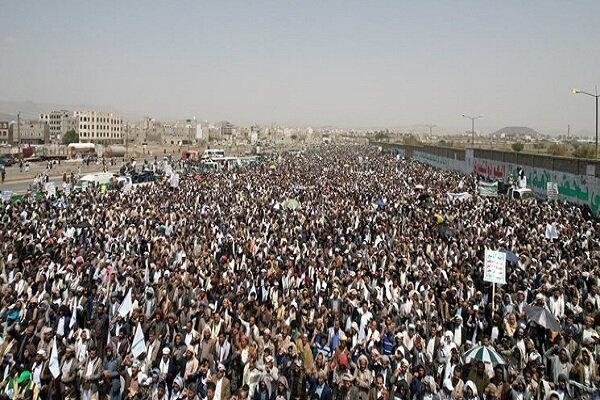YemenDays of AllahWest Asia
Yemenis from across country mark Eid al-Ghadir
People in different Yemeni provinces celebrated Eid al-Ghadir by holding large gatherings on Sunday.

A large number of Yemeni people attended the marches on the occasion of Eid al-Ghadir in Sana’a and other provinces of Yemen.
The people of Yemen held special programs on the occasion, including singing hymns with the theme of Imam Ali and Ahl al-Bayt (as).
The Yemeni also held marches to condemn the US President’s visit to Saudi Arabia, Almasira reported.







